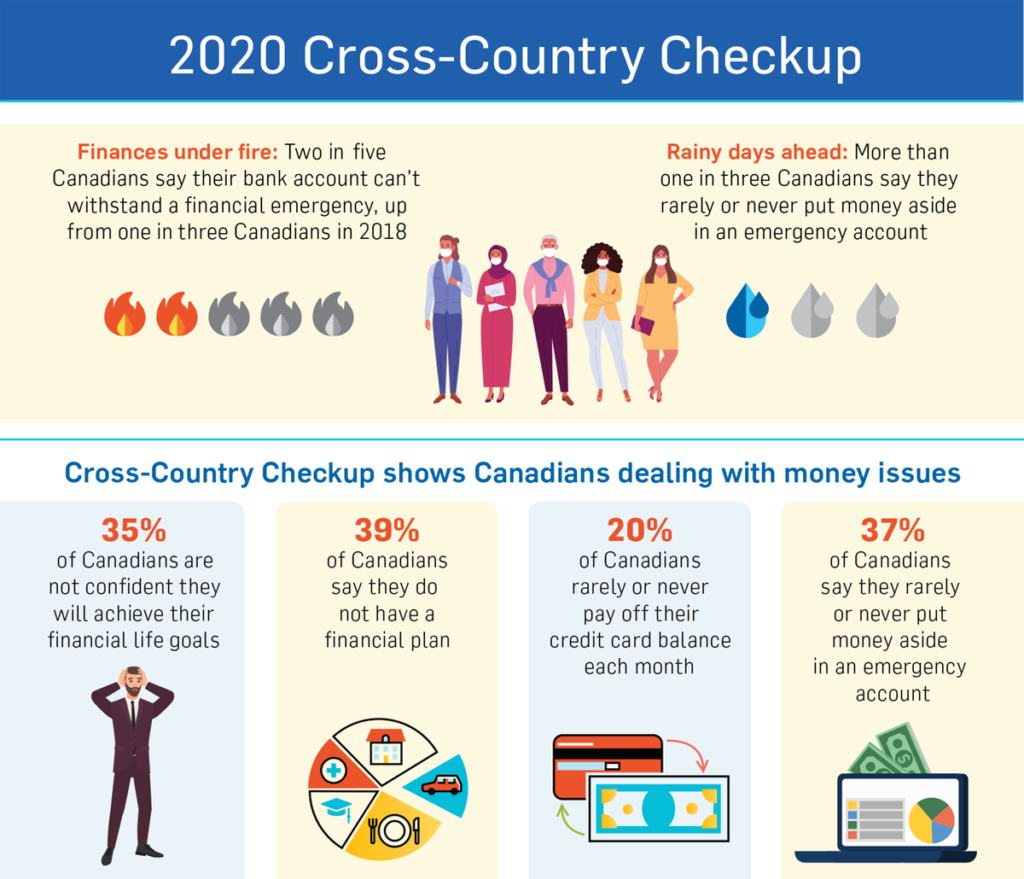Republished with permission from Built to Sell Inc.
Have you struggled to identify a recurring revenue model that will work in your business?
If so, you’re not alone.
Most owners understand the benefits of recurring revenue, such as predictable cash flow and an increase in their company’s valuation, but struggle with where to start. Just changing your pricing from a one-time transaction to a smaller, recurring fee does not make a sticky subscription model.
The first step of creating a recurring revenue model for your business has nothing to do with your billing platform and everything to do with your target customer. The secret to reimagining your business into a recurring revenue juggernaut is to niche way down.
Niche Down
For a recurring revenue model to retain subscribers, it needs to provide an outlandishly attractive value proposition to customers who agree to continue with the service over the long run. To create that kind of delight, you have to find a pain point where a group of customers feels uniform. That only happens when you niche way down.
For example, when Jorey Ramer, the founder of Super, moved to the San Francisco Bay area, he purchased a home. Ramer had previously been a renter and was surprised by the hassles of owning a house.
Ramer realized that everything from the ice maker in his fridge to the lighting in his backyard was susceptible to failing. He decided to create a subscription model that would allow homeowners to pay one monthly fee in return for a mobile app where subscribers can summon a repair person to fix just about anything that could break down in a home.
Last year Ramer raised $20 million from investors, who see the opportunity in putting home repairs on subscription.
Ramer’s first step in creating Super was not to put out a shingle as a home repair professional with a different billing model. Instead, he focused on niching down to a customer group with a common need. To begin segmenting, he picked homeowners. Then Ramer went further and identified a subsegment of homeowners who are not do-it-yourself types.
Some homeowners are tinkerers and don’t mind digging into a “honey-do”” list every weekend, but Ramer knows those aren’t his people. Instead, he chose to focus on the sub-niche of homeowners that don’t want the hassle and surprises that come with homeownership.
How Peloton Made Their Subscription Sticky
At Peloton, the fitness company that started with a souped-up stationary bike and now includes classes on everything from yoga to running, they have adopted a subscription model. Customers buy the bike (or the treadmill) and then subscribe to Peloton’s content package. To make Peloton’s subscription sticky, they didn’t just target people who wanted to get fit, many of whom were happy to go to a gym before the pandemic. Instead, they targeted relatively affluent people who are too busy to go to the gym. While the single twenty-something sees a spinning class at his local gym as a chance to connect with like-minded people, Peloton knew the forty-something mom with three kids often doesn’t have the time to go to the gym. Therefore, they defined their target customer as relatively affluent fitness enthusiasts who don’t have time to go to the gym—a niche of a niche.
Year to date for 2020, Peloton’s share price has more than tripled.
If you’re stuck trying to come up with a recurring revenue model that would work for your industry, segment your customers based on what makes them buy from you. Then determine if one of your niches has a recurring need for something you sell.
For more free information on Creating A Business Owner’s Dream Financial Plan, you can listen to a free, eight part series we did exclusively for business owners. The show is also available to subscribe to for free via iTunes.








